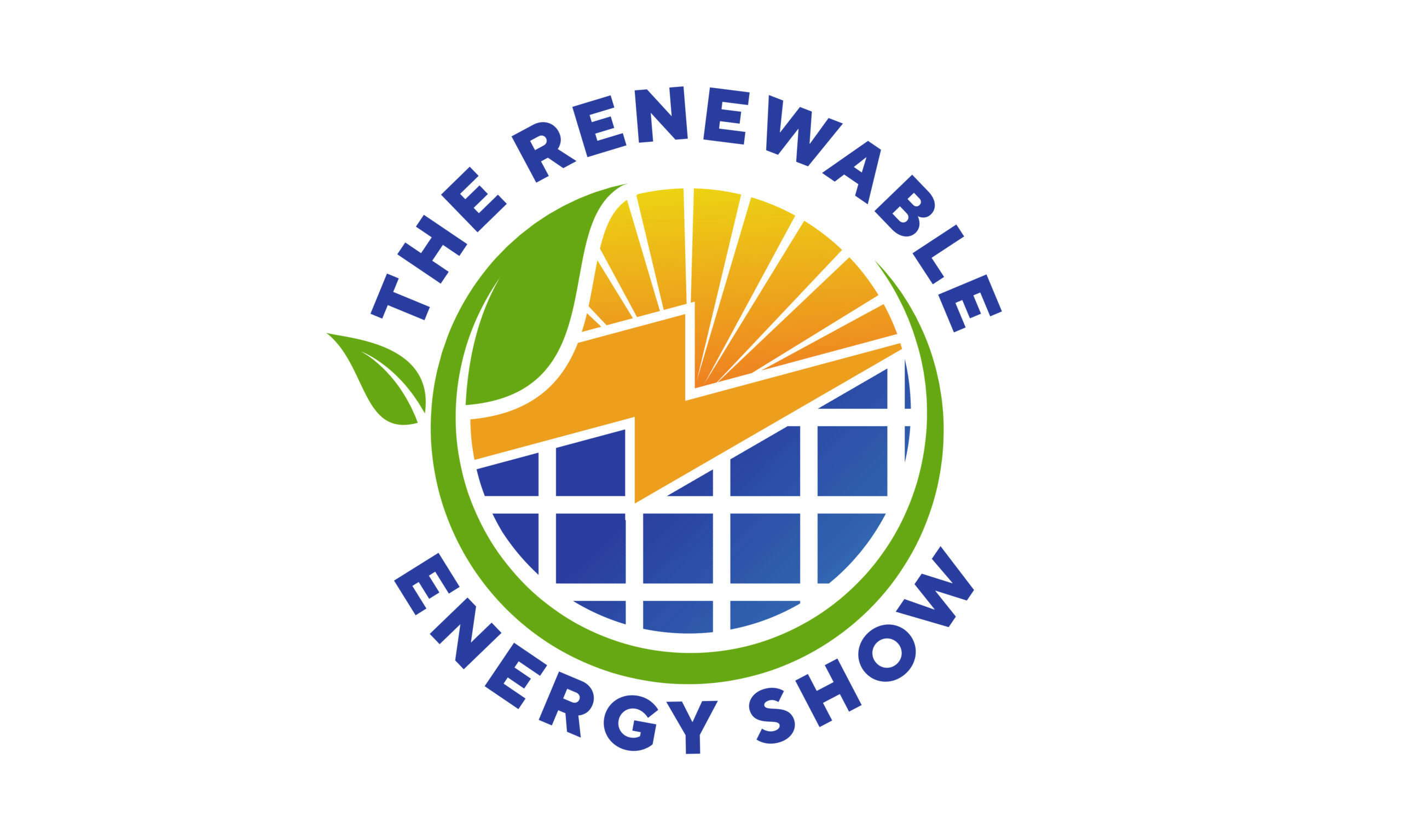The world is on the cusp of a sustainable revolution, and farming is at the forefront. With the global population projected to reach 9.7 billion by 2050, the need for efficient and sustainable agriculture has never been more pressing. The Internet of Things (IoT) is poised to play a starring role in this revolution, empowering farmers to optimize their yields, reduce waste, and promote environmental stewardship. In this post, we’ll explore the exciting world of IoT for sustainable farming and highlight some innovative examples of how this technology is making a real impact.
The IoT Landscape in Sustainable Farming
IoT in agriculture refers to the integration of sensors, drones, and other connected devices to monitor and manage farm operations. By collecting and analyzing vast amounts of data, farmers can make informed decisions about everything from soil moisture levels to crop health. This data-driven approach enables precision agriculture, reducing the need for manual labor and minimizing the environmental footprint of farming.
Key Benefits of IoT for Sustainable Farming
So, what are the key benefits of IoT for sustainable farming? Here are just a few:
1. Increased crop yields: By monitoring soil conditions, temperature, and moisture levels, farmers can optimize their crop growth and reduce waste.
2. Reduced water consumption: IoT sensors can detect even the slightest changes in soil moisture, allowing farmers to adjust their irrigation systems and conserve this precious resource.
3. Improved crop health: Connected devices can monitor crop health in real-time, enabling farmers to respond quickly to any issues and prevent disease outbreaks.
4. Enhanced animal welfare: IoT sensors can track animal behavior, health, and nutrition, ensuring that farm animals are treated with respect and care.
5. Increased energy efficiency: By optimizing energy usage and reducing waste, IoT can help farmers save money and reduce their carbon footprint.
How to Implement IoT in Sustainable Farming: A Step-by-Step Guide
Implementing IoT in sustainable farming requires careful planning and execution. Here’s a step-by-step guide to get you started:
1. Conduct a farm audit: Assess your current operations and identify areas where IoT can make a meaningful impact.
2. Choose the right devices: Select sensors, drones, and other devices that meet your specific needs and integrate with your existing infrastructure.
3. Develop a data strategy: Decide how you’ll collect, analyze, and interpret your data, and invest in the necessary tools and expertise.
4. Train your team: Educate your staff on the benefits and best practices of IoT in sustainable farming.
5. Continuously monitor and improve: Regularly review your data and adjust your strategies to optimize your farm’s performance and sustainability.
Case Study: How IoT is Transforming a Family Farm in Australia
The Thompson family farm in rural Australia is a great example of how IoT can transform sustainable farming practices. Here’s their story:
The Thompsons had been struggling to manage their wheat crop, which was consistently underperforming due to soil salinity and drought. By installing IoT sensors and drones, they were able to monitor soil moisture levels, detect early signs of disease, and optimize their irrigation system. The result? A 20% increase in crop yields and a significant reduction in water consumption.
Conclusion
The future of sustainable farming is bright, and IoT is playing a starring role in this revolution. By harnessing the power of data and connected devices, farmers can optimize their yields, reduce waste, and promote environmental stewardship. Whether you’re a seasoned farmer or just starting out, IoT is an exciting opportunity to transform your operations and create a more sustainable future for generations to come.
